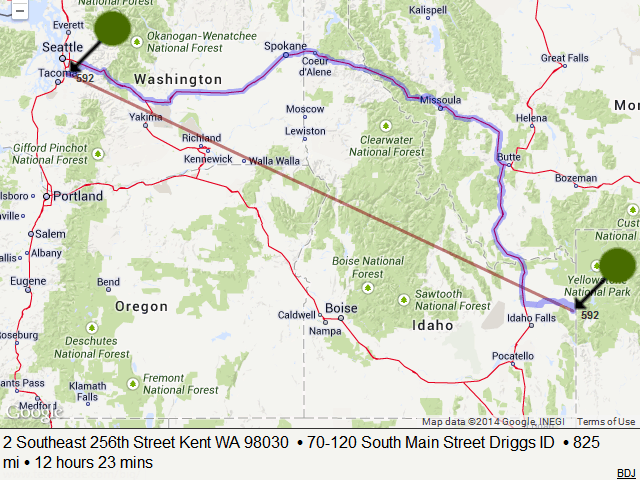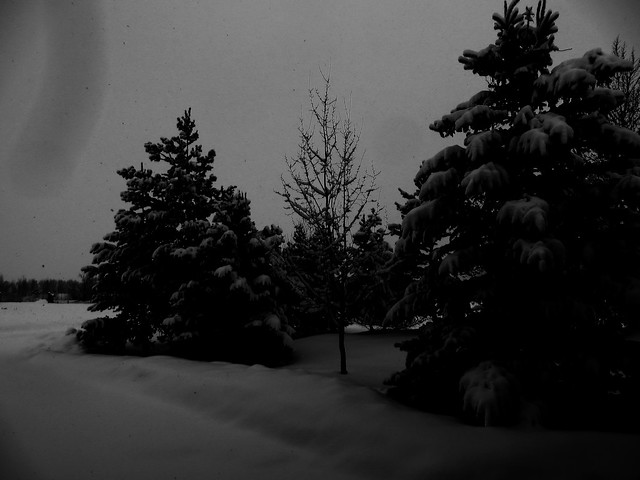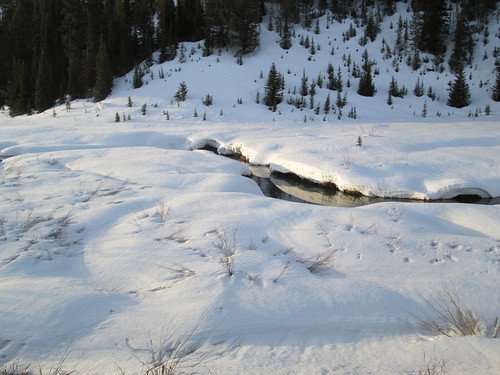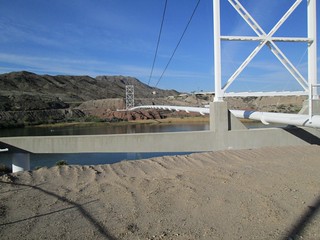I’m a bit of a camera buff, a photography nerd I suppose. Back in the seventies and eighties I spent small fortunes on 35mm equipment and even dabbled in darkrooms. In the nineties I used to dabble around in dark rooms and tried to capture digital images. The following century found me moving away from interchangeable lenses to spending small fortunes on point and shoot cameras.
I love these little marvels of camera technology. You can carry one in the front pocket of your shorts without the fear of it pulling your shorts to the ground. They start up quick and take amazing shots. Long-range manual zoom coupled with image stabilization circuitry lets you photograph uncle Rob picking his nose covertly at the wedding while you’re standing well behind the cake.
Unfortunately, a lot of these new cameras have an issue: sensor crud. Dust accumulates on your lens when you turn the camera on and the lens extends outward and becomes exposed to the air. It’s then sucked back into the body when you turn the camera off where it floats around inside until it ultimately lands on your sensor, and then your image results are screwed.
It happened to my $350 Panasonic DMC-FX78 two summers ago. I sent it to their repair center where they took it apart, cleaned the sensor, and returned it at no charge. Three months later new dust had found it’s way back down to the sensor. That poor expensive camera died a quick death shortly after due to an accidental water spill during a road trip to the South, but I was fed up with it anyway.
I replaced it with a Canon PowerShot A1300 which only cost about $100 and performed great, with no sensor crud. I ended up giving it to Steph when I bought the upper scale SX280 which I just recently had to send back to Canon for sensor crud issues. Sigh…
The problem must be that these better cameras have great zooms. If my SX280’s zoom went off in my shorts, I’d be embarrassed!
Canon product support was great. They said they couldn’t fix the crud on my sensor but they would send me a new or refurb unit in exchange. What you see below is what I got and the camera appears to have never been used and it came with a new battery, charger and connector.
I’m very pleased, thank you Canon! I feel for the engineers at these companies who are being asked to drive the technology further and smaller only to get caught up by a single bit of dust on a sensor that can’t be cleaned.
Here’s an example of an artifact before and after some image tweaking. Note the subtle shadow in the upper left corner.
I’ve tweaked the example here to illustrate the artifact, and to expose a smaller dot that I hadn’t noticed before.
Now you know I’m not just being paranoid, I just have a good eye!


































